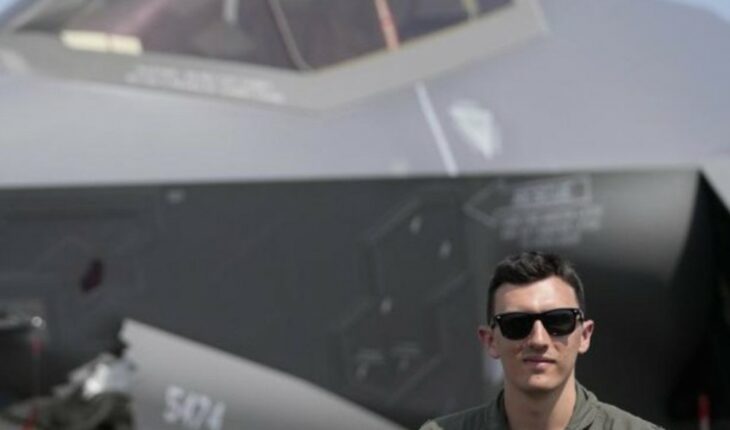In films such as the famous “Top Gun”, fighter pilots are presented as experienced aviators, with great skills, capable of facing their adversaries in exciting air battles. But in the future, Maverick’s next co-pilot could be a drone. New technologies, however, could change things, as algorithms, statistics and machines are taking on an increasingly important role in aircraft cabins. Many people say that, in the future, there will no longer be pilots on the planes, said First Lieutenant Walter Gall, pilot of the F-35s of the British air force based in Lakenheath (England). “It’s not something we’re too excited about,” he added. “I’d like to keep my job as long as possible, but you can’t go against new technology” The future that awaits fighter pilots was on display this week at the Farnborough International Air Show, one of the world’s largest military air technology exhibitions. Manufacturers showed how artificial intelligence and other technologies will be used in new fighter jets and air force delegations from around the world observed mock-ups of missiles, drones and fighter jets. Countries are trying to modernize their forces and raise more funds amid rising geopolitical tensions. There are billions of dollars at stake. In the first installment of the 1986 film “Top Gun,” Tom Cruise plays a promising Navy pilot, Pete “Maverick” Mitchell, who is being trained to fly warplanes. In the new installment, Maverick is a veteran of years, a test pilot, who learns that the secret hypersonic plane he works in is going to stop being used to make way for a drone program, which has no pilots. It is a possibility that has been aired for years in the real world. Drones have been used very frequently in the war between Russia and Ukraine, as well as in other modern conflicts, raising the question of the extent to which fighter pilots and their expensive warplanes are needed, when there are unmanned aerial devices that can do the same job. In Farnborough, experts said that in future conflicts there will be both manned aircraft and drones. Someday, pilots “will have a drone as a faithful co-pilot,” said Jon Norman, vice president of Raytheon Technologies Corp., which makes missiles and other military equipment. Norman, a retired U.S. fighter pilot, said in the past he complained about drones, which were controlled from the ground, because they crossed him when he piloted fighter jets. The latest communications systems, however, allow planes, drones and other devices to communicate with each other, he added. We recommend you read: Technology already makes it unnecessary to have someone in the back seat to handle the radar. And his role in the cockpit will continue to increase, according to Raytheon executives. Artificial intelligence will analyze tons of information from sensors located on planes, drones, ground and airborne missiles to give pilots and ground personnel a better idea of what’s going on on the battlefield.
Original source in Spanish
Will drones replace military pilots?
July 22, 2022 |





